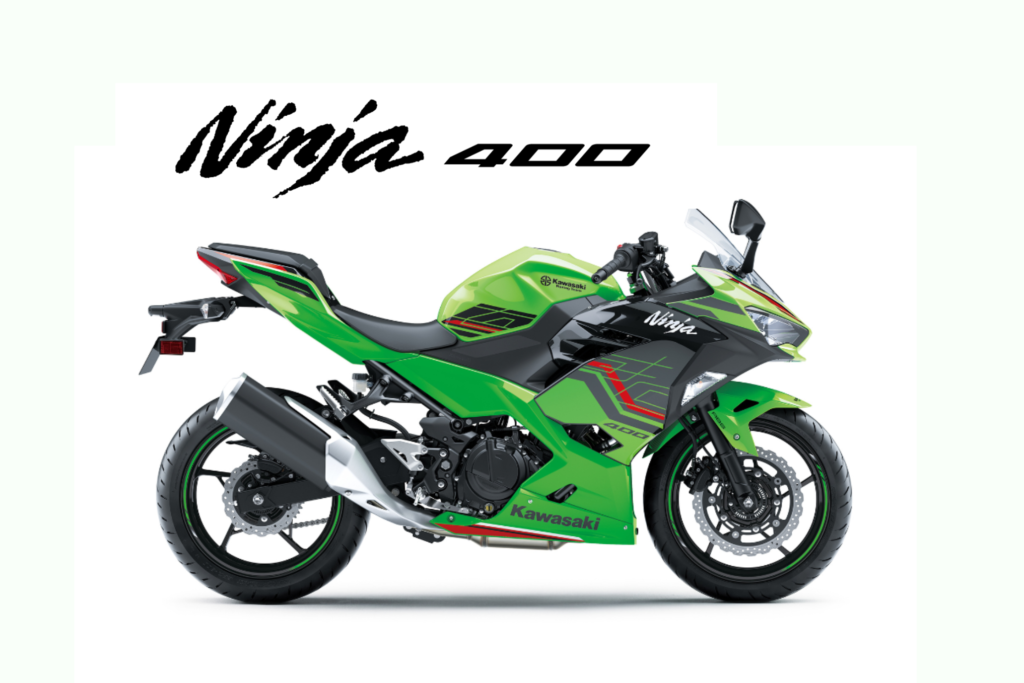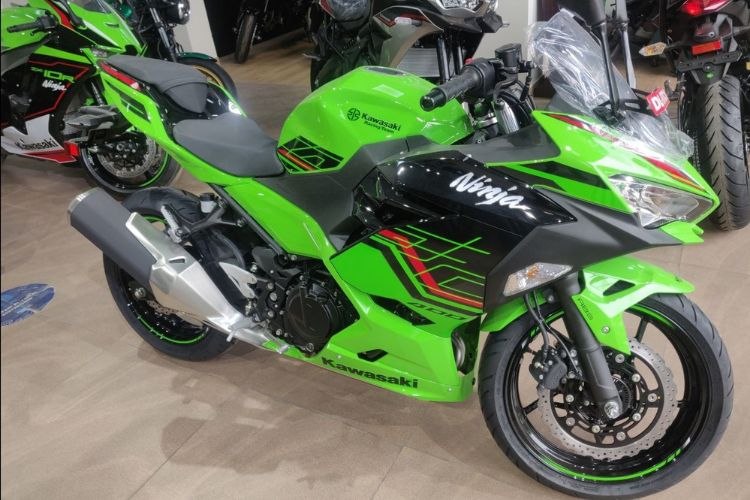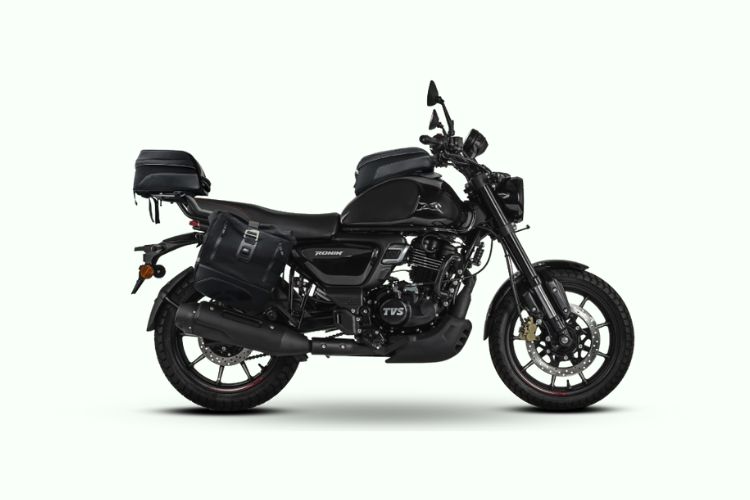Story overview
Kawasaki has pulled the plug on the Ninja 400, a few months after it launched the Ninja 500. This decision has left many enthusiasts and potential buyers in India surprised and curious about the reasons behind this move.
Let’s delve deeper into the history, features, and implications of the discontinuation of the Kawasaki Ninja 400 in India.
Highlights


News Story
Kawasaki has pulled the plug on the Ninja 400, a few months after it launched the Ninja 500. This decision has left many enthusiasts and potential buyers in India surprised and curious about the reasons behind this move. Let’s delve deeper into the history, features, and implications of the discontinuation of the Kawasaki Ninja 400 in India.
Introduction to the Kawasaki Ninja 400
The Kawasaki Ninja 400 was introduced in India in 2018, carrying a hefty price tag of Rs 4.69 lakh (ex-showroom, India). This model was designed to cater to motorcycle enthusiasts looking for a blend of performance and style. Unlike the locally assembled Ninja 300, the Ninja 400 was a completely new model with advanced features and specifications.
High Pricing Due to CBU
One of the main reasons for the Ninja 400’s high price was that it was a Completely Built Unit (CBU). This means the motorcycle was fully manufactured abroad and imported to India. The import duties and taxes significantly increased the overall cost, making it one of the more expensive options in its segment.
Impact of BS6 Emissions Norms
In 2020, the Indian government implemented the BS6 emissions norms, which led to the temporary discontinuation of the Ninja 400. These stringent regulations required all manufacturers to update their engines to comply with the new standards. As a result, the Ninja 400 went off the market for nearly two years.
Reintroduction in 2022
In 2022, Kawasaki reintroduced the Ninja 400 in the Indian market with an updated BS6 compliant engine. This move was met with enthusiasm from the biking community, who were eager to get their hands on this powerful and stylish machine once again.
Launch of the Ninja 500
A few months ago, Kawasaki launched the Ninja 500 in India. This new model is based heavily on the Ninja 400 but features a stroked-out version of the 399cc engine. The Ninja 500 is priced at Rs 5.24 lakh, the same as the Ninja 400, making it an attractive option for those looking for more power without a significant price increase.
Comparison Between Ninja 400 and Ninja 500
Engine and Performance
The Ninja 500 uses a modified version of the Ninja 400’s 399cc engine. This new engine delivers more power and torque, providing a more exhilarating riding experience. Both models feature Kawasaki’s renowned engineering and build quality, but the Ninja 500 edges out in terms of sheer performance.
Design and Features
In terms of design, the Ninja 500 retains the sleek and aggressive styling of the Ninja 400. Both bikes come equipped with modern features such as LED lighting, digital instrument clusters, and advanced braking systems. However, the Ninja 500 includes some additional enhancements that improve overall functionality and rider comfort.
Pricing Strategy and Market Positioning
Kawasaki’s decision to price the Ninja 500 at the same level as the Ninja 400 is a strategic move. By doing so, they aim to attract buyers who are looking for an upgrade without a substantial increase in cost. This pricing strategy also helps in clearing out the old inventory of the Ninja 400, which was offered at significant discounts in the months leading up to its discontinuation.
Sales Trends and Consumer Sentiment
Before its discontinuation, the Ninja 400 experienced fluctuating sales trends. The high price point due to its CBU status limited its market penetration. However, those who did purchase the Ninja 400 appreciated its performance, build quality, and distinctive design. The reintroduction of the Ninja 400 in 2022 saw a positive response, but the launch of the Ninja 500 soon overshadowed it.
Kawasaki’s Strategic Move
Kawasaki’s decision to discontinue the Ninja 400 and replace it with the Ninja 500 appears to be a calculated move. By offering a more powerful bike at the same price point, they are likely to attract a larger segment of performance bike enthusiasts. This move also aligns with Kawasaki’s broader strategy to streamline their product lineup and focus on models that offer better compliance with international standards.
Impact on the Indian Motorcycle Market
The discontinuation of the Ninja 400 and the introduction of the Ninja 500 have notable implications for the Indian motorcycle market. For one, it raises the bar for performance bikes in the mid-segment category. Competing brands will now need to innovate and offer similar or better features at competitive prices to keep up with Kawasaki.
Future Prospects
Looking ahead, Kawasaki is expected to continue its trend of introducing high-performance motorcycles in India. With the success of the Ninja 500, the brand is likely to explore other segments and bring in models that cater to a wide range of riders, from beginners to seasoned enthusiasts.
Conclusion
The Kawasaki Ninja 400’s discontinuation in India marks the end of a significant chapter in the country’s motorcycle industry. While the high pricing due to its CBU status posed challenges, its reintroduction in 2022 showed the brand’s commitment to the Indian market. The launch of the Ninja 500 at the same price point, with enhanced performance and features, represents a strategic move to capture the interest of motorcycle enthusiasts. As Kawasaki continues to innovate, the Indian motorcycle market can look forward to more exciting models in the future.







